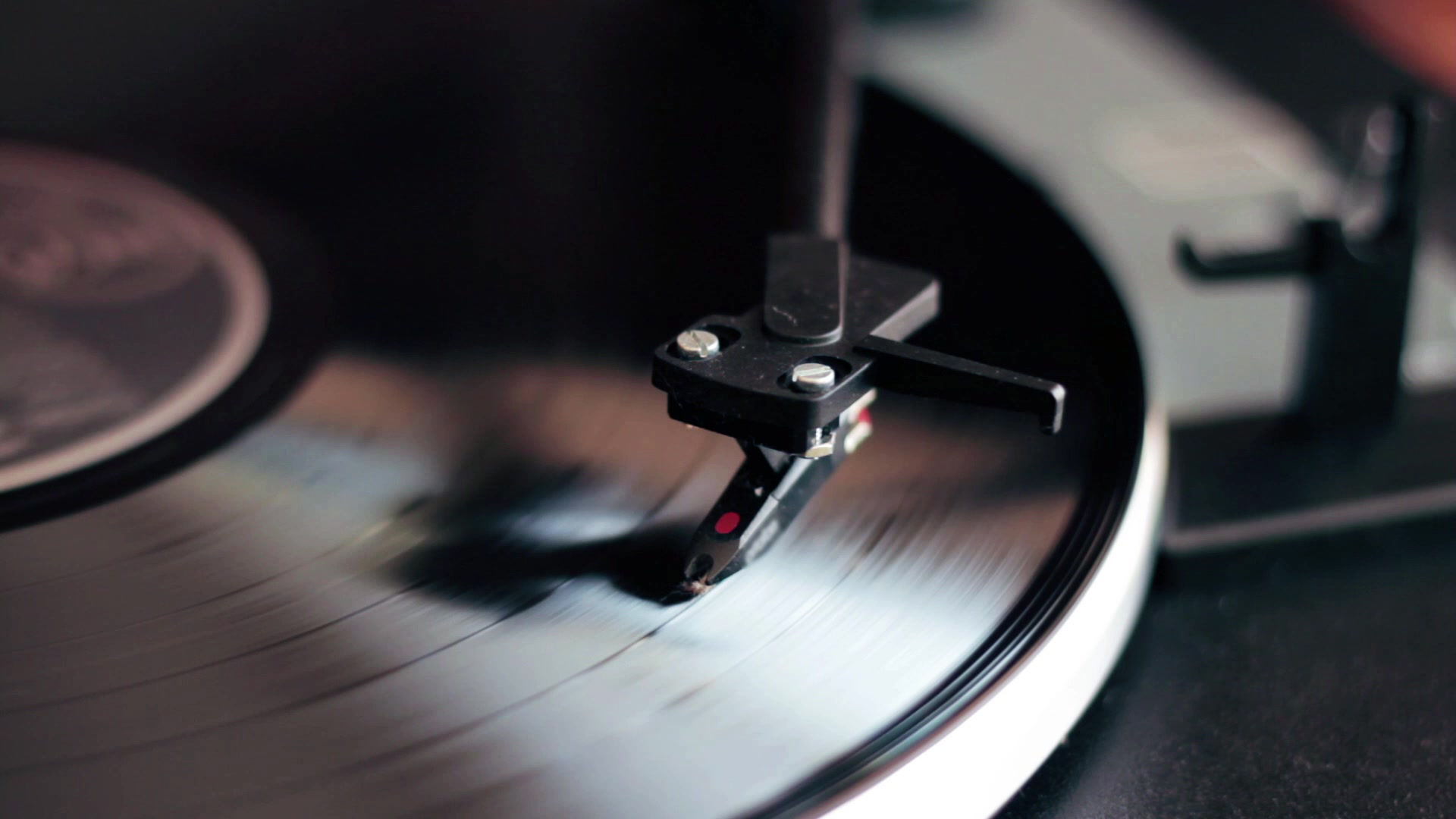Joji Yuasa
- Gerald Van Waes
- Jun 25, 2016
- 3 min read

Omega Point Records Joji Yuasa: Obscure Tape Music vol.1:
Aoi No Ue (JAP,1961,1975, re.2004)***°'
"Aoi-no-Ue" was composed for experimental theatre at Sogetsu Art Center. It was composed 1961 for voice and tape and based on “The tales of Genji” written by Murasaki Shikibu in 11th century. The sound of this work is made from the chants of Japanese traditional "Noh" theatre. "The text is recomposed by me keeping the original words. And it was sung in the style of Noh-chant by three brothers ... This work is composed mainly based on the metamorphosed sound of Noh-chant. The other sound is concrete sound such as bird songs, water drops, glasses, the warped sound of a vibraphone, some generated electronic sound and others. These sound sources are diversely changed, metamorphosed through all the possible electronic techniques at that time, and finally mixed and reconstructed on stereophonic tape. This piece had taken almost half a year to complete, working with the excellent sound engineer Zyunosuke Okuyama at the Sogetsu Art Center." --Joji Yuasa.
You can hear the basic recording of Japanese singing just like Noh theatre without changes in the basic characteristics of the voices. At first there are only some additional effects of tape resonance, not like an extra independent layer, but like sudden changes of side-effects of the voice where at parts it is becoming more like an enhanced or electronic voice or receives different overtones. Further on, a second voice is added, getting an extra tone or tube-like droning tones inside the voice during longer notes. Further on, vibraphone-tone like sounds can be heard and a few seconds of percussive “electronics”. The piece can very much be seen as an enhancement of the possibilities of the expressions of Noh theatre. Only parts of the voice are deliberately sonically changed/enhanced, which vary at it’s most extreme up to a didgeridoo-like and a trumpet-like effect, while in general it is done very subtly. Different from foreign examples, most often there has been taken care well not to show the odd sound effects of the tape manipulation itself, in keeping its focus upon the subject of the Noh theatre singing itself. After twenty minutes, some solo echoing electroacoustic percussive part is added, before the singing returns with again extra effects swirling a bit around the voice too. It is a piece which very much bridges traditional Japanese music with a modern electroacoustic approach, as a way to enrich and modernise the possibilities of that same tradition.
The second track is Joji Yuasa’s final electronic music piece "My Blue Sky No.1," made at NHK electronic music studio. This studio was the most important Japanese centre of electronic music during the '60s and '70s.
Joji Yuasa explains: "In this work only clicks, pulses and the various kinds of beats induced from them -- varying pitches, width and their frequency of pulse -- are adopted. For example, I controlled successively occurring pulses of low frequency sine wave by means of triggering with the frequency of the square wave."
Firstly you can hear one nice spatial echoing pulse combined with some smaller faster pulses with lot’s of time frames between them and then buzzing tones coming and going. Then this becomes some buzzing and peeping vibrations swelling in tone. Like a physical presence each section appears and then and fades out of existence again, lowering the speed of vibration, only to be replaced simply by the next sort or different shapes of pulses, coming and going again and with only the last series of tones pulsating rhythmically a bit longer. I call it a very physical, abstract piece.
Limited edition of 500 copies in a cardboard paper gatefold sleeve. There exist 2 editions.
























Comments